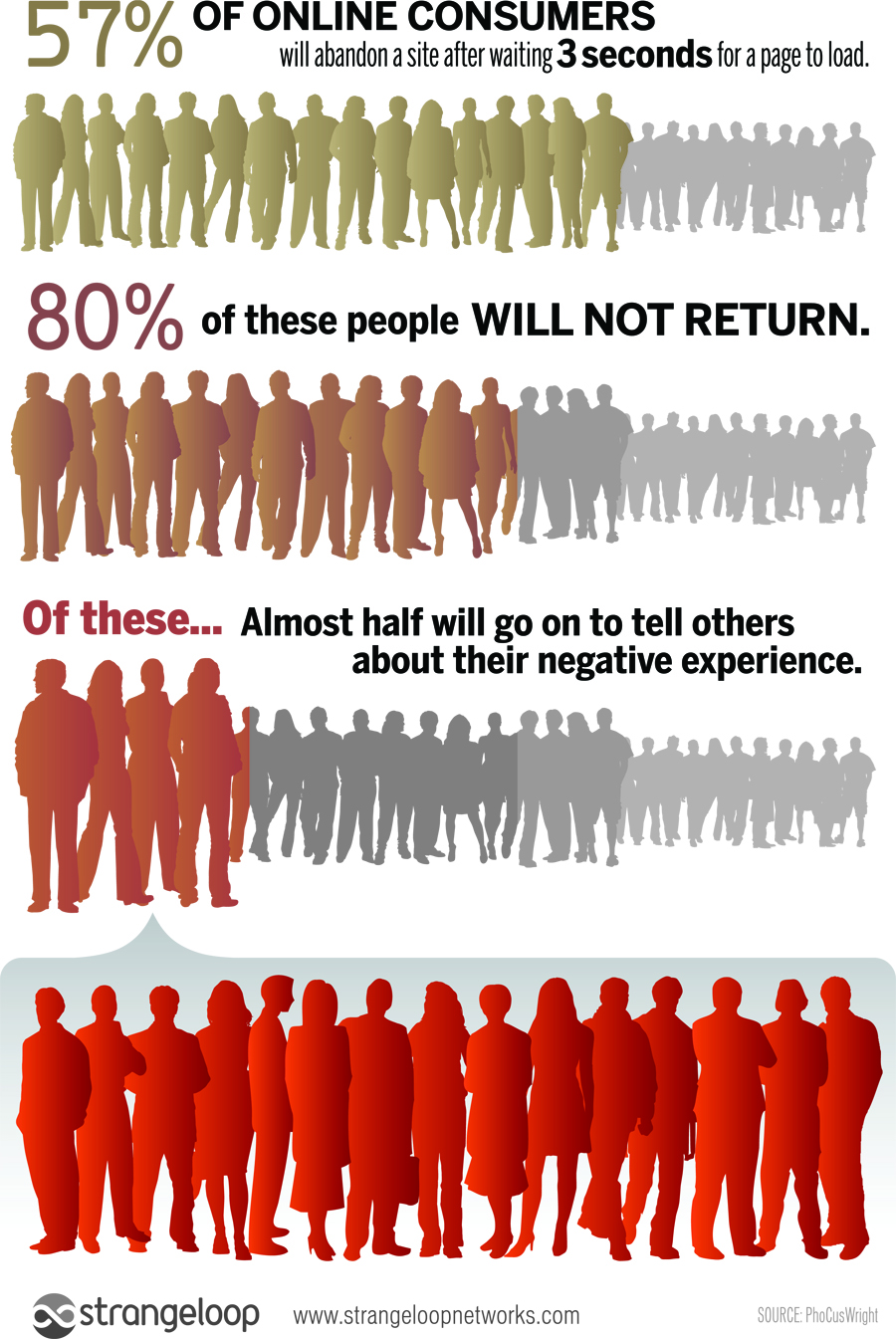Printing to your iPhone or iPad
Yesterday I was in the TrustIV office and I registered to attend a Microsoft Partner event in Manchester. At the end of the process I was advised to print a copy of the ticket to take with me so that I could be given access on the day of the event.
I had registered using Google Chrome browser but because I rebuilt my laptop last week I didn’t have a default printer. Perhaps this is what drew my attention to a printer that I didn’t remember configuring.
As well as this, I noticed a link to my iPad. I have installed Google Chrome on each of these devices but until now I hadn’t noticed that this gave printer support.
I printed my ticket to the iPhone and within a few seconds I was a pop-up on my iPhone to say that a document was ready to view. Clicking on the link opened Google Chrome where I could view a copy of my document…… or so I thought.
When Chrome opened I saw a warning message saying that I had to sign in and enable the print-to-phone feature to see my documents.
I wasn’t sure how to do this initially but then I found that if I opened “Settings” -> Basics, then clicked on my Google account name, I was able to enable the “Chrome to Mobile” setting which meant that I could view my printed documents.
So far so good, but a little experimentation showed me even more features.
Printing from your iPhone/iPad
By modifying settings in Chrome it is possible to allow iPhones or iPads to print to your PC or laptop printer. [Other devices are available – Ed]
- Open Chrome settings (using your mouse to click the “three horizontal lines” icon or typing chrome://settings/ in the address bar.
- Click “Show advanced settings…”
- Scroll down to “Google Cloud Print”
- Click “Manage Print Settings”
This opens a page where you can grant different Google accounts access to your laptop or PC printers. Once you do this it is possible to print directly to your shared printers from within your iPhone applications.
This is such a useful feature, I can’t believe that I hadn’t heard of it until now.







